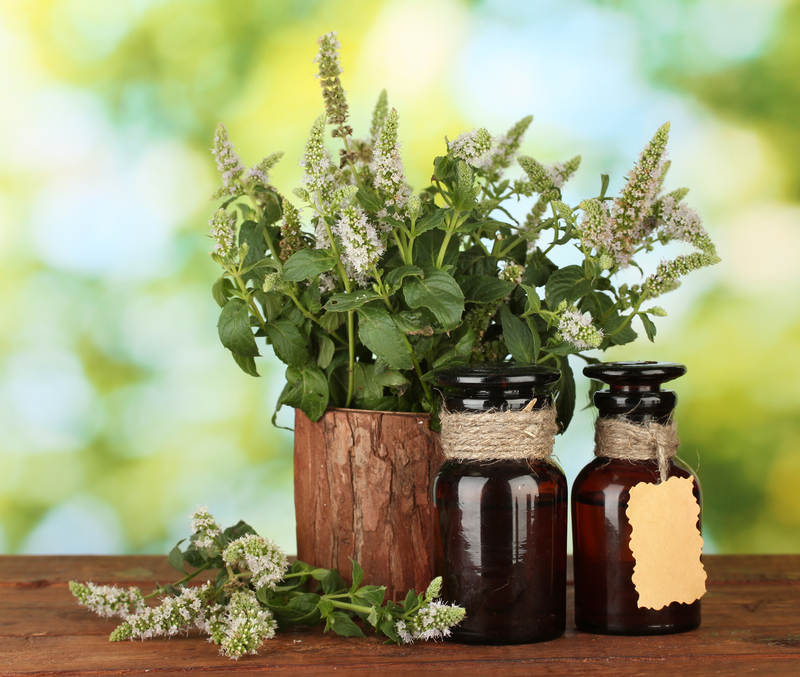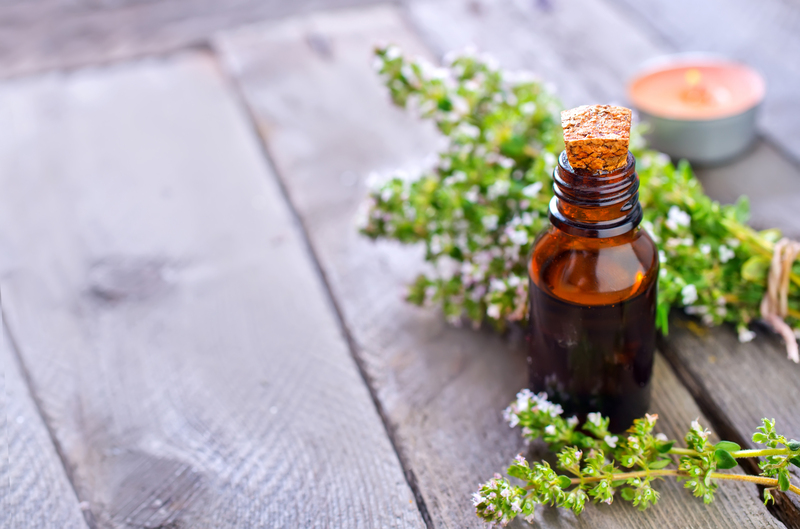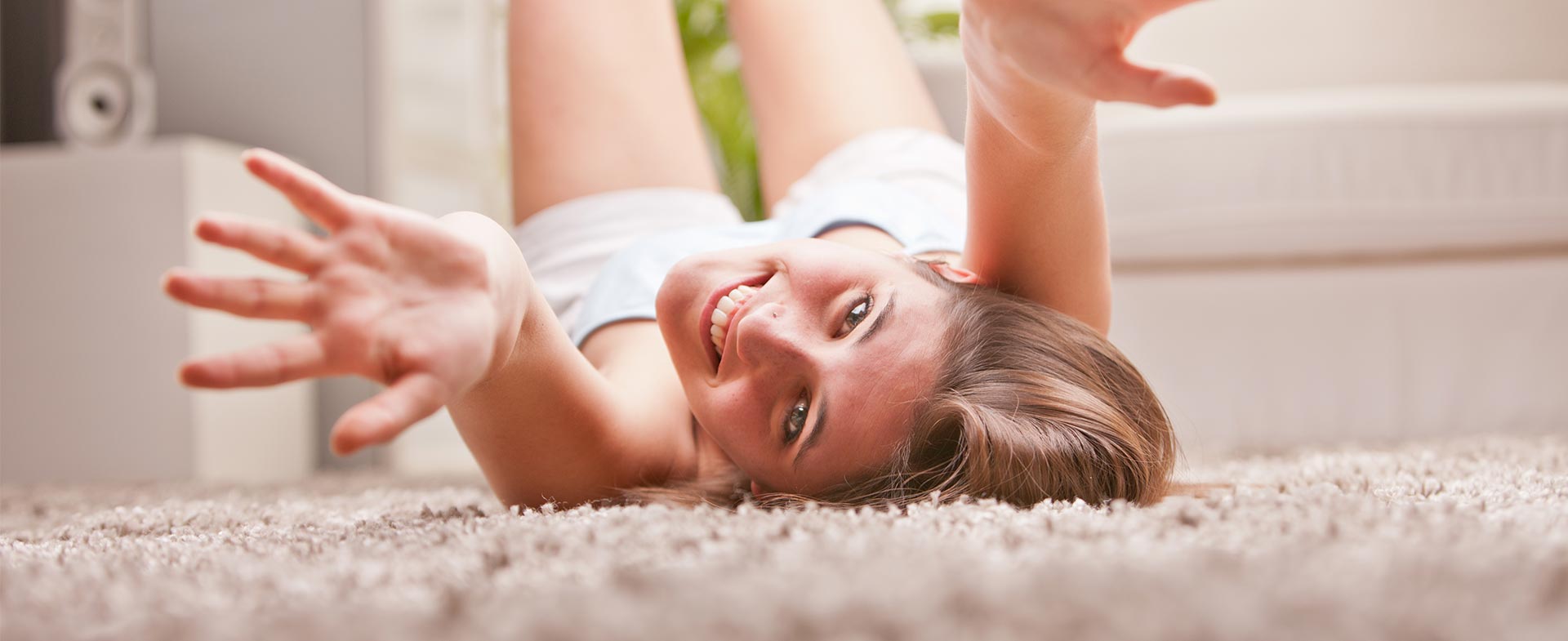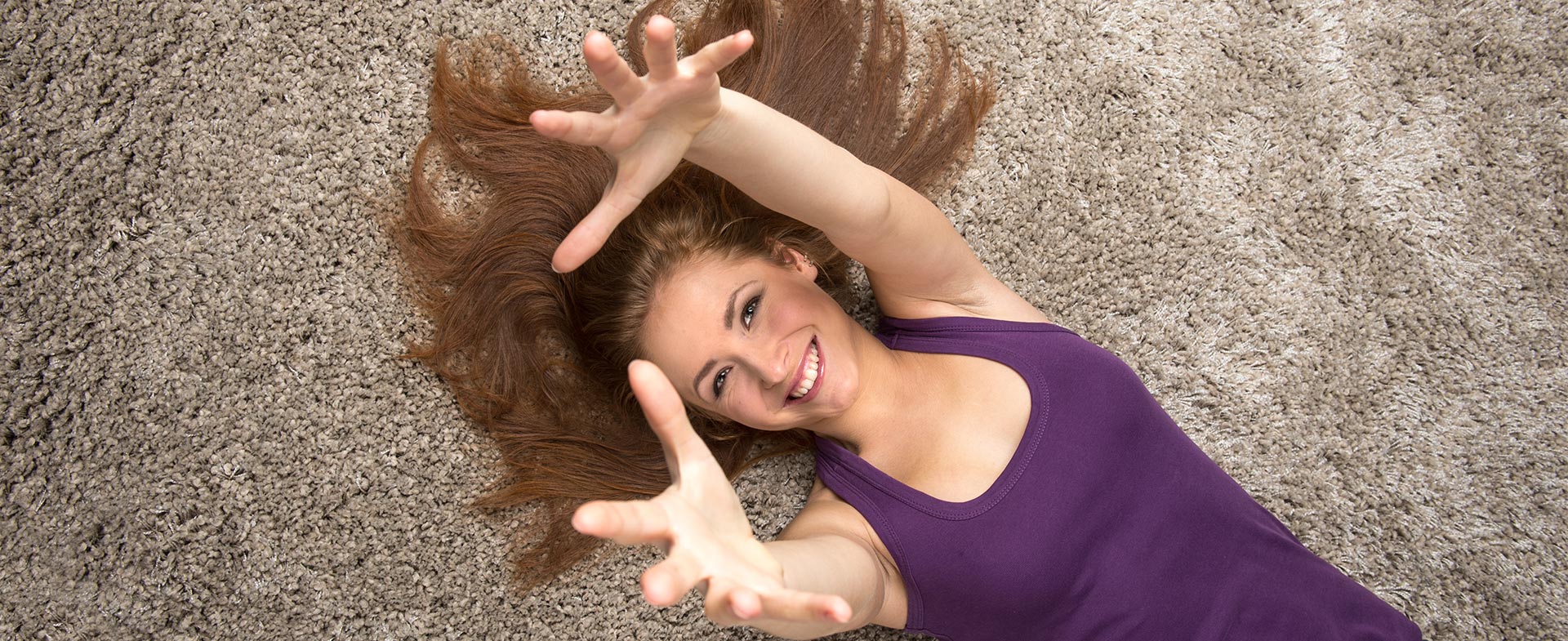Your Go-To Guide for Flawless Curtain Cleaning
Posted on 16/09/2025
Your Go-To Guide for Flawless Curtain Cleaning
Curtains do much more than just filter light and protect privacy; they're also a key piece in tying your room's look together. However, over time, dust, allergens, and grime can accumulate on your window dressings, undermining both their beauty and the air quality in your home. *Mastering the art of curtain cleaning* will not only preserve their fresh appearance, but also help maintain a healthier living environment for you and your family.
Whether you're a first-time homeowner, a busy parent, or simply someone looking to refresh their decor, this comprehensive guide will provide you with *everything you need to know about immaculate curtain cleaning*. From basic dusting techniques to deep cleaning solutions tailored for particular fabrics, let's unveil the secrets to keeping your curtains looking flawless year-round!
Why Is Regular Curtain Cleaning Important?
Maintaining clean curtains isn't just about aesthetics. Dirty curtains can harbor:
- Dust mites and allergens that exacerbate respiratory issues
- Pet hair and dander
- Smoke particles and cooking smells
- Pollen, mold, and moisture-induced bacteria
Routine cleaning helps prevent the buildup of these unwanted guests, prolongs your curtain's lifespan, and ensures your rooms stay fresh and hygienic. By following a few strategic steps, *flawless curtain cleaning* becomes an achievable addition to your cleaning routine.

Understanding Your Curtains: Fabric Types and Care Labels
Before you get started, it's essential to identify your curtain fabric. Every material--be it heavy velvet, delicate lace, or sturdy cotton--has unique cleaning needs.
Common Curtain Fabrics:
- Cotton: Durable, easy to wash, often machine-friendly.
- Linen: Breathable, may shrink if not handled carefully.
- Polyester: Resistant to wrinkling, usually easy-care.
- Velvet: Luxurious but requires gentle, sometimes professional, cleaning.
- Silk: Delicate; generally suited to dry-cleaning.
- Lace: Fragile, best washed by hand or in a mesh bag on a gentle cycle.
Tip: Always check the care label before attempting any curtain cleaning method. The manufacturer's instructions will guide you on water temperature, detergent type, and whether machine washing or dry cleaning is safe.
Essential Supplies for Flawless Curtain Cleaning
Gather your supplies before diving in. For most curtain cleaning tasks, you'll want:
- Vacuum cleaner with brush attachment
- Mild detergent or soap
- Spot-cleaning solution for stains
- Sponge or soft brush
- Laundry mesh bag (for delicate materials)
- Lint roller or sticky tape (for pet hair and lint)
- Iron or handheld steamer
Step-by-Step: The Ultimate Curtain Cleaning Process
1. Remove Loose Dust and Debris
Start your curtain cleaning routine by vacuuming with an upholstery attachment. Pay extra attention to:
- The top hems, where dust accumulates
- The bottom for pet hair and floor debris
- Folds and pleats, where particles can hide
For families with allergies, this simple step can make a significant difference!
2. Spot Cleaning Stains
Stubborn marks or stains can be spot cleaned using a solution of mild detergent and water. Always do a patch test on an inconspicuous area first. Gently blot (don't rub) the stain with a damp cloth or sponge.
Pro Tip: For grease stains, a tiny amount of dishwashing liquid often works wonders.
3. Choosing the Right Washing Method
Machine Washing
- Ideal for machine-safe cotton, polyester, and some linen curtains.
- Use a gentle cycle with *cold to lukewarm water* to prevent shrinking.
- Wash sheers and delicate fabrics inside a mesh laundry bag.
- Hang them up as soon as the cycle is finished to avoid wrinkles.
Hand Washing
- Recommended for delicate materials like lace, silk, or if you're unsure about machine washing.
- Fill a bathtub or basin with lukewarm water and mild detergent.
- Soak the curtains and gently agitate with your hands.
- Rinse thoroughly and press out excess water--never wring!
Dry Cleaning
- Some heavy fabrics (like velvet) and those that are lined or pleated are best left to the professionals.
- If the care label says "dry clean only," don't risk home methods!
- Dry cleaning solvents effectively dissolve grease and odors without water exposure.
4. Drying Your Curtains
- Hang curtains to dry immediately after washing.
- Use a clothesline, shower rod, or sturdy rail. Avoid direct sunlight for colored or delicate fabrics which may fade.
- If using a dryer, opt for the "air dry" or no-heat setting, and check your care label.
- Smooth out pleats and folds by hand while damp for crisp results.
Special Curtain Cleaning Considerations
Blackout and Thermal Curtains
Blackout curtains often have a special lining that can be damaged by heat and harsh washing. Usually, only the fabric side should be cleaned. Spot clean stains and vacuum regularly instead of frequent full washes.
Sheer and Voile Curtains
These lightweight, airy fabrics can snag easily. Clean using a mesh bag in a gentle machine cycle, or hand wash, then hang while still damp to minimize creasing.
Roman Blinds and Drapes
Roman blinds feature integrated cords and mechanisms. Remove dust with a vacuum or soft brush; for deeper cleaning, consider professional services to avoid damage.
Quick Fixes for Common Curtain Cleaning Dilemmas
- Pet Hair Build-Up: Use a lint roller or rubber gloves to easily lift fur before vacuuming or laundering.
- Mold and Mildew: Wipe affected areas with a mixture of diluted vinegar or a specialized fabric mildew cleaner. Be sure to dry thoroughly afterwards to avoid recurring growth.
- Wrinkled Curtains: Steam while hanging, or iron on the recommended fabric setting. If using an iron, always place a towel or press cloth between the iron and curtain to protect the material.
How Often Should You Clean Your Curtains?
Frequency depends on your environment, but as a general guideline:
- Vacuum and dust: Every 2-4 weeks
- Deep clean: Every 3-6 months (or more often in high-traffic or allergy-prone homes)
- Spot clean stains: As soon as you notice them
If you smoke indoors, have pets, or live in a dusty area, you may need to clean your curtains more frequently to remove odors and buildup.
Professional vs. DIY Curtain Cleaning: Which Is Best?
While DIY methods are effective for many curtain types, there are times when it's best to call in the pros. Consider *professional curtain cleaning* if:
- Your curtains are very large or heavy
- They're made from delicate or valuable materials (like pure silk or antique lace)
- You're dealing with stubborn stains, odors, or widespread mold
- The care label recommends professional or dry cleaning only
Professional cleaners have specialized equipment to remove deep-seated grime without damaging your precious draperies.
Maintaining Your Curtains Between Cleans
Keep your curtains looking their best with these simple upkeep tips:
- Regularly dust window sills and frames to prevent dirt transfer.
- Keep windows closed during high pollen seasons.
- Point air vents away from fabric to minimize dust accumulation.
- Freshen up with a fabric spray or homemade mixture of water and a few drops of essential oil.
- Rotate the direction of your curtains occasionally to even out sun exposure and fading.
Eco-Friendly Curtain Cleaning Solutions
For those interested in *sustainable curtain cleaning*, you can opt for:
- Homemade cleaners using white vinegar, lemon juice, or baking soda for spot treating stains
- Natural, fragrance-free detergents
- Air drying instead of using an electric dryer
- Using steamers, which clean with only water--no harsh chemicals needed!
Eco-friendly methods are just as effective and much kinder to both your curtains and the planet.
Frequently Asked Questions About Flawless Curtain Cleaning
Q: Can all curtains go in the washing machine?
A: Not always. Always read the care label first. Many cotton and polyester curtains are machine-friendly, but delicate, lined, or specialty treatments may need hand or dry cleaning.
Q: How do I avoid shrinkage after washing?
A: Use cold or lukewarm water and the delicate cycle. Air dry and steer clear of high heat, which is a common culprit for shrinkage.
Q: How do I get rid of musty odors?
A: Wash with a gentle detergent, and add a cup of white vinegar to the rinse cycle. Make sure curtains are thoroughly dry before re-hanging to prevent future smells.
Q: Are there ways to reduce allergen exposure with curtain cleaning?
A: Vacuum and clean your curtains at least once a month, especially if you have allergies or pets.
Q: How do I maintain velvet and silk curtains?
A: These materials are best handled by professional curtain cleaning services. At home, gently brush with a soft lint brush to remove surface dust between professional cleans.

In Summary: Your Key Takeaways for Spotless Drapes
- Identify your curtain fabric and always check care instructions.
- Vacuum and dust regularly for maintenance.
- Choose the correct cleaning method: machine wash, hand wash, or professional service.
- Spot treat stains as they appear to prevent permanent marks.
- Dry and reshape immediately after laundering to avoid wrinkles and shrinkage.
- Freshen up between cleans with mild sprays and regular airing out.
The payoff? Immaculate, beautiful curtains that elevate your home's style and promote a healthier environment. With this go-to guide, flawless curtain cleaning is at your fingertips--no more mystery or overwhelm, just sheer, spotless success!
Ready for Flawless Curtain Cleaning? Start Today!
With the right knowledge and care, your curtains can look as good as new for years to come. Bookmark this comprehensive curtain cleaning guide and make it a regular part of your home maintenance. Say goodbye to dust, dullness, and unpleasant odors--*and hello to crisp, clean, and flawless curtains every day!*








